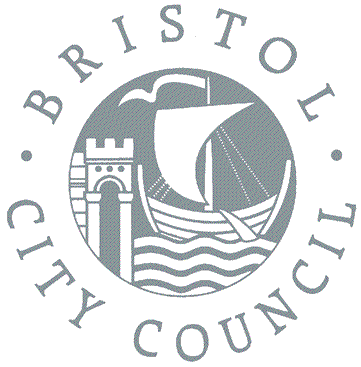St James’ Priory, Part 1
The redevelopment of Bristol Bus Station, undertaken by Mowlem, provided the opportunity for archaeologists to investigate more of the site of St James’ Priory. Over a three month period archaeologists from BaRAS set out to discover more of the conventional buildings of the Priory, including perhaps the Chapter House, dormitory, guest house, refectory, kitchens and store rooms which are believed to have lain to the north of the church beneath the bus station.
St James’ Priory was built early in the twelfth century and was the first of several to be built on the banks of the river Frome and elsewhere in Bristol – the Dominican Friary founded in Broadmead in 1227, St Mark’s Hospital (opposite College Green) about 1230, St Bartholmew’s Hospital (at the bottom of Christmas Steps) founded between 1231 and 1234, the Franciscan Friary (Lewins Mead) founded before 1250 and the Carmalite Friary (beneath the Colston House) founded in 1256 – not forgetting St Augustines’ Abbey (1140) and St Mary Magdalene (bottom of St Michael’s Hill) in about 1170.
The last time part of St James’ Priory was excavated by archaeologists was in 1995, now covered by a new office block on Cannon Street next to the Bus Station. Then, part of the original east end of the church was revealed along with more than two hundred human burials from the adjoining burial ground. It is not known if burials will be unearthed from beneath the bus station, but interesting things are sure to be found.
The Priory was surrendered to the Crown in 1540 and its lands passed into the ownership of Henry Brayne who converted the conventual buildings to a ‘great manor house’. The site of the manor house was later occupied by a sugarhouse (1711) where sugar from the Colonies was refined.
The excavation so far
Approximately two thirds of the dig area has been uncovered and from these results it is clear that the foundations of the medieval priory have been heavily disturbed by later activity on the site. Despite this, a number of deposits have produced significant amounts of early medieval pottery and some of the surviving wall foundations can be attributed to the medieval period. One rubbish pit produced two almost complete pots, one a cooking vessel and the other a jug, which had been discarded, presumably after having been broken. Another almost complete cooking vessel was found sunk into the natural soils. The positioning of this vessel in such a way indicates that it was performing a function of some kind and it has been suggested that it may have been used for evaporating water in order to extract salt.

Cooking vessel found sunk into natural subsoil
Where medieval walls have survived they are generally only one course deep. One such wall was found to be over a meter wide and has a drain or gully running along its southern side. The width of the wall suggests that it was part of a substantial structure and it is possible that it may have been part of the northern part of the cloister walk.

Possible cloister wall
A large stone-built drain has been excavated running east to west across the site and elements of it are medieval in date. At some later date, after the dissolution of the priory, the drain was partially rebuilt utilising stones from the conventual buildings, one of which revealed a carved head in relief and another showed the bottom of a cross.

Carved stone head, found re-used as part of a drain
A number of post-medieval structures have been found including some vaulted cellars and an oval structure that may have been part of some, as yet, undetermined industrial activity.
- Categories
- Events
Excavations
Finds
Survey
BaRAS is registered as an organisation with the Chartered Institute for Archaeologists
All material © copyright BaRAS 2004 – 2016




